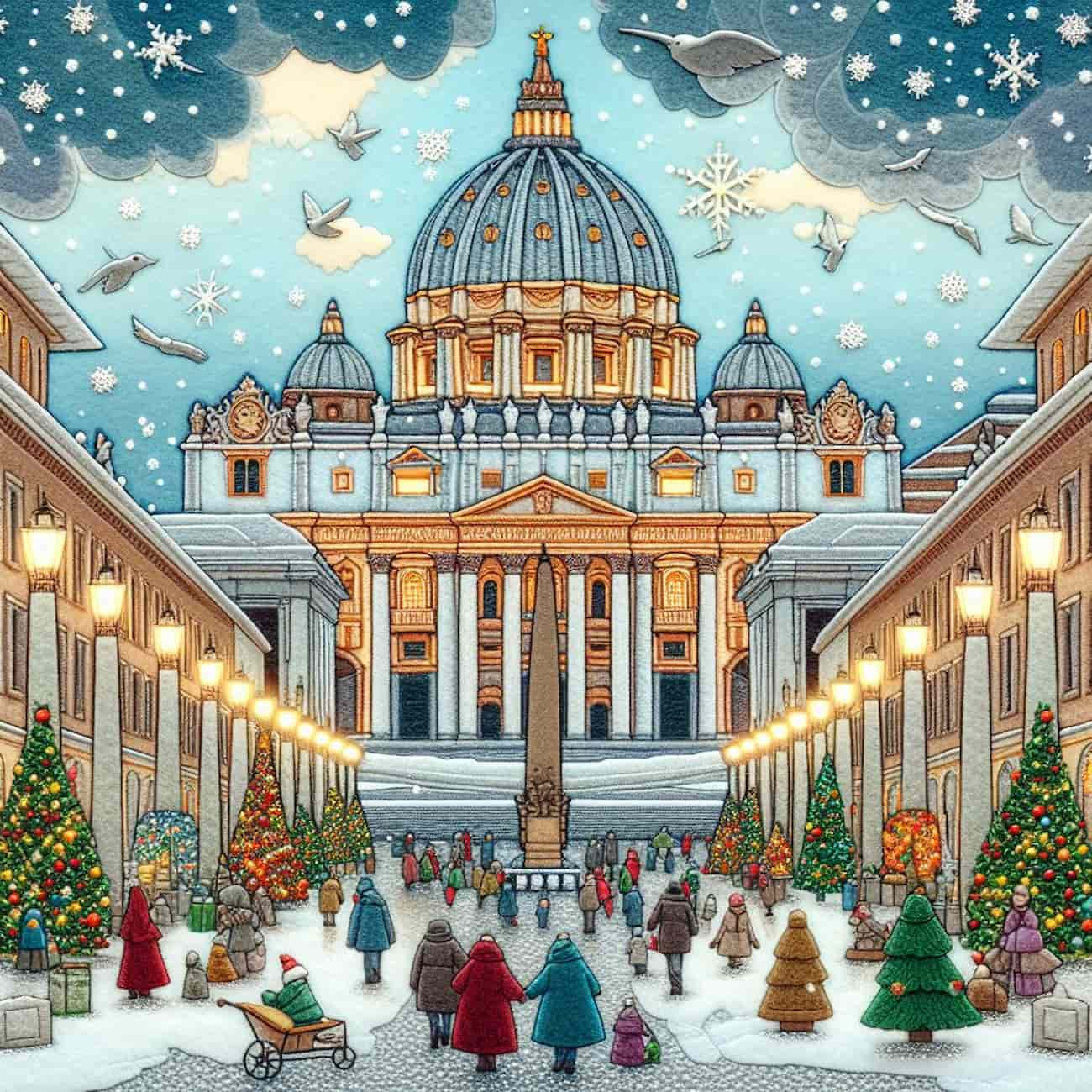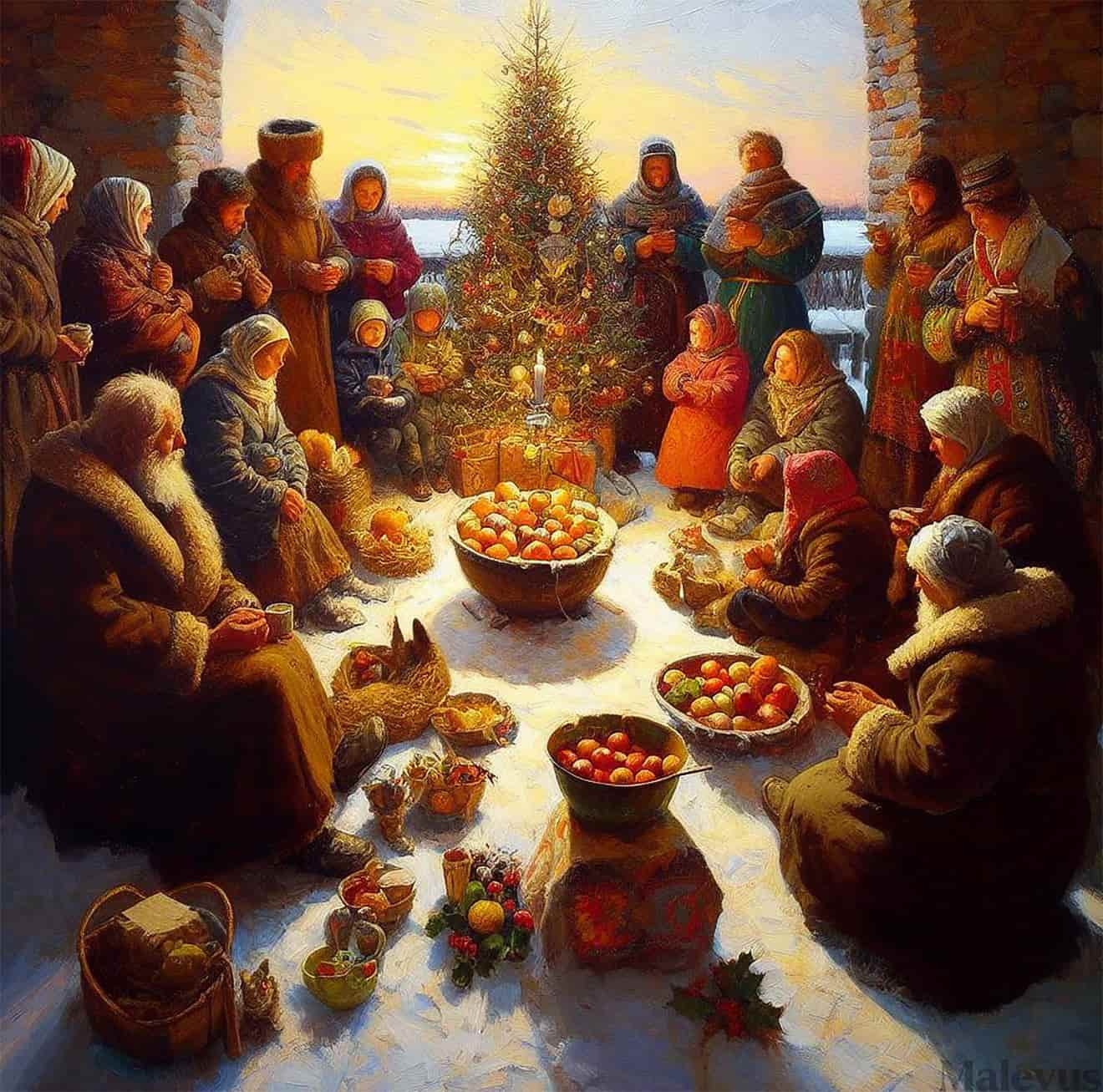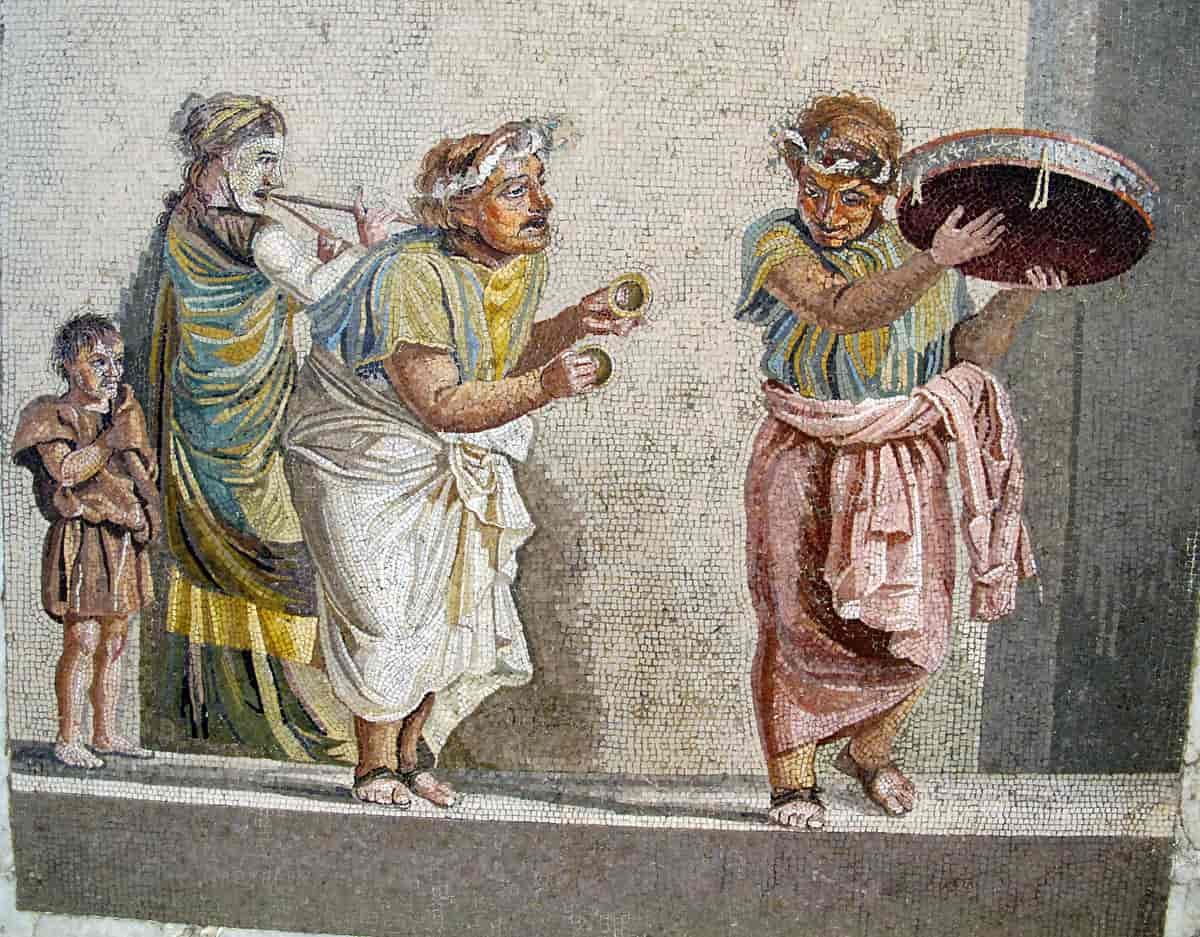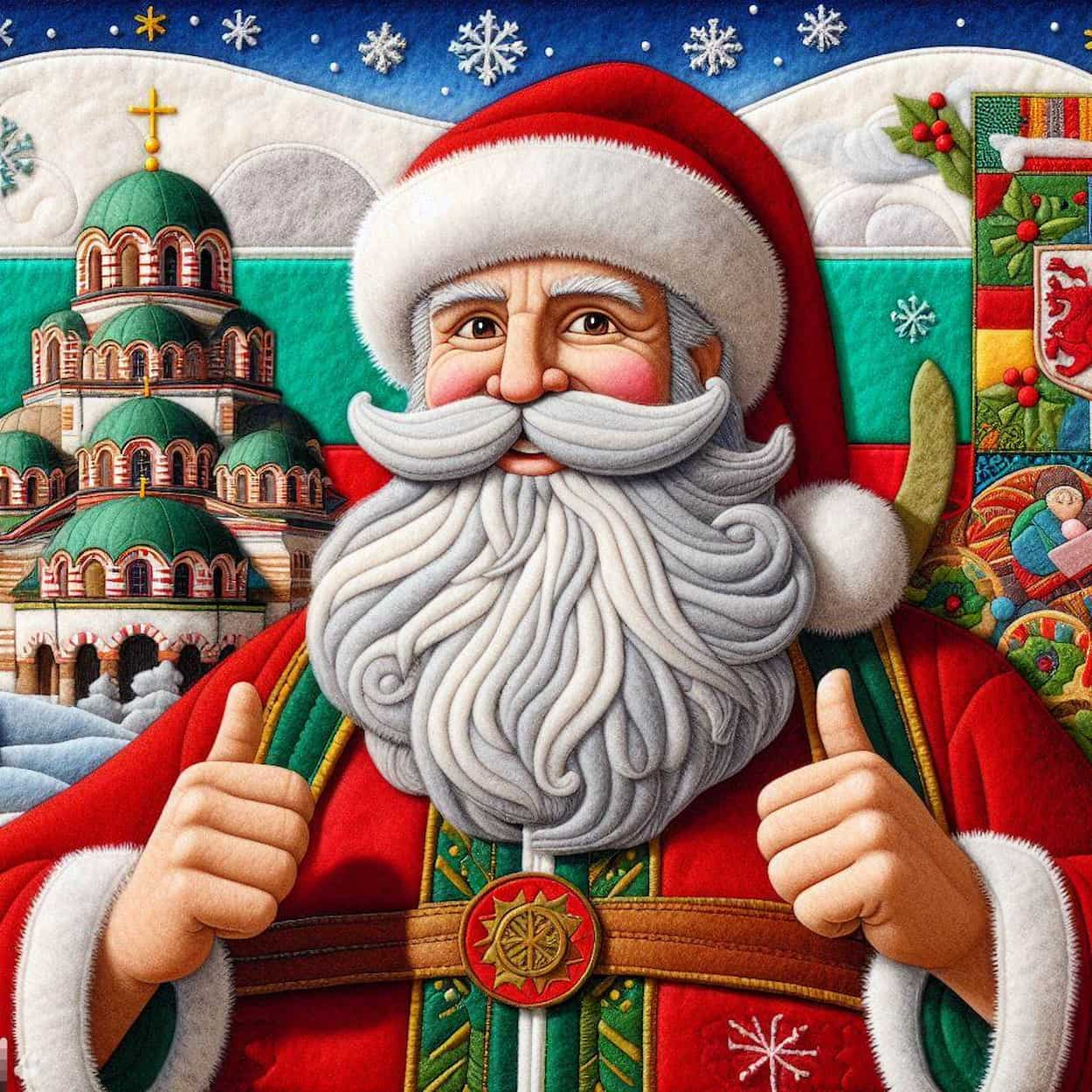The enchanted Christmas season in Rome starts on December 8 and continues all the way through January 6. Christmas trees, ornate Nativity scenes, and bustling marketplaces light up the metropolis. Colorful are historical sites, piazzas, and cathedrals in the Baroque style.
Piazza Navona and The Auditorium are two examples of festive marketplaces where you can get a wide selection of sweets, presents, and hot mulled wine made in the area. Extended store hours for Christmas shopping keep Rome bustling with activity, despite the cool weather and occasional rain. Come prepared to soak up the festive spirit in Rome if you’re planning a Christmas vacation around this period.
Bring an umbrella and wrap it up.
Christmas Traditions in Rome
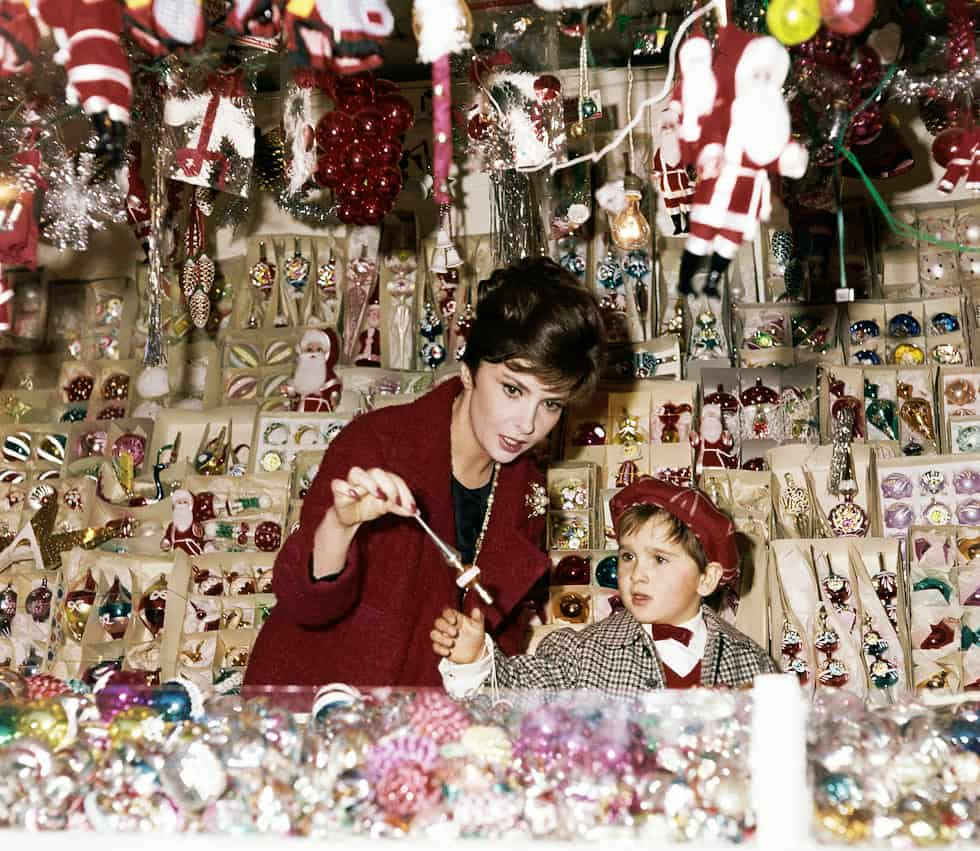
Roman Christmas customs combine religious observances with secular celebrations, drawing on the city’s history of Catholicism. That’s why Rome has many interesting Christmas traditions:
Extended Celebrations
The Roman Christmas season begins on December 25 and continues all the way to the Epiphany on January 6. This indicates that Christmas customs endure for a longer period of time compared to other cities and countries, such as France or England.
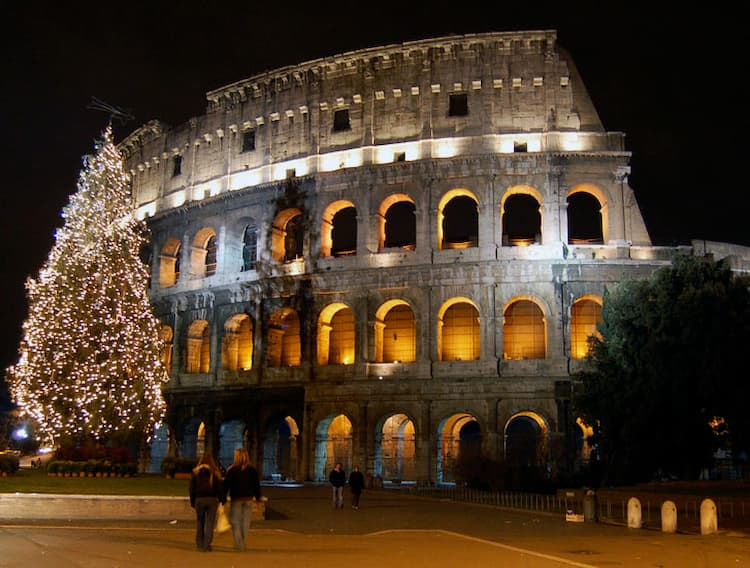
No Meat on Christmas Eve
It is a long-standing custom in Rome to abstain from meat on Christmas Eve. On Christmas Eve, however, spaghetti is the traditional dinner in Italy. The exact pasta meals vary from one area to another. The northern regions of Piedmont and Lombardy, for instance, are known for their anchovy lasagna, while the southern region of Naples is known for its vermicelli with mussels or clams.
Midnight Service at the Vatican
Many Romans and visitors to Rome make it a point to attend the Christmas Eve service at the Vatican. There will be no charge to attend this, and it will take place at 9:30 PM instead of midnight. Additionally, St. Peter’s Square airs it on television.
Christmas Markets
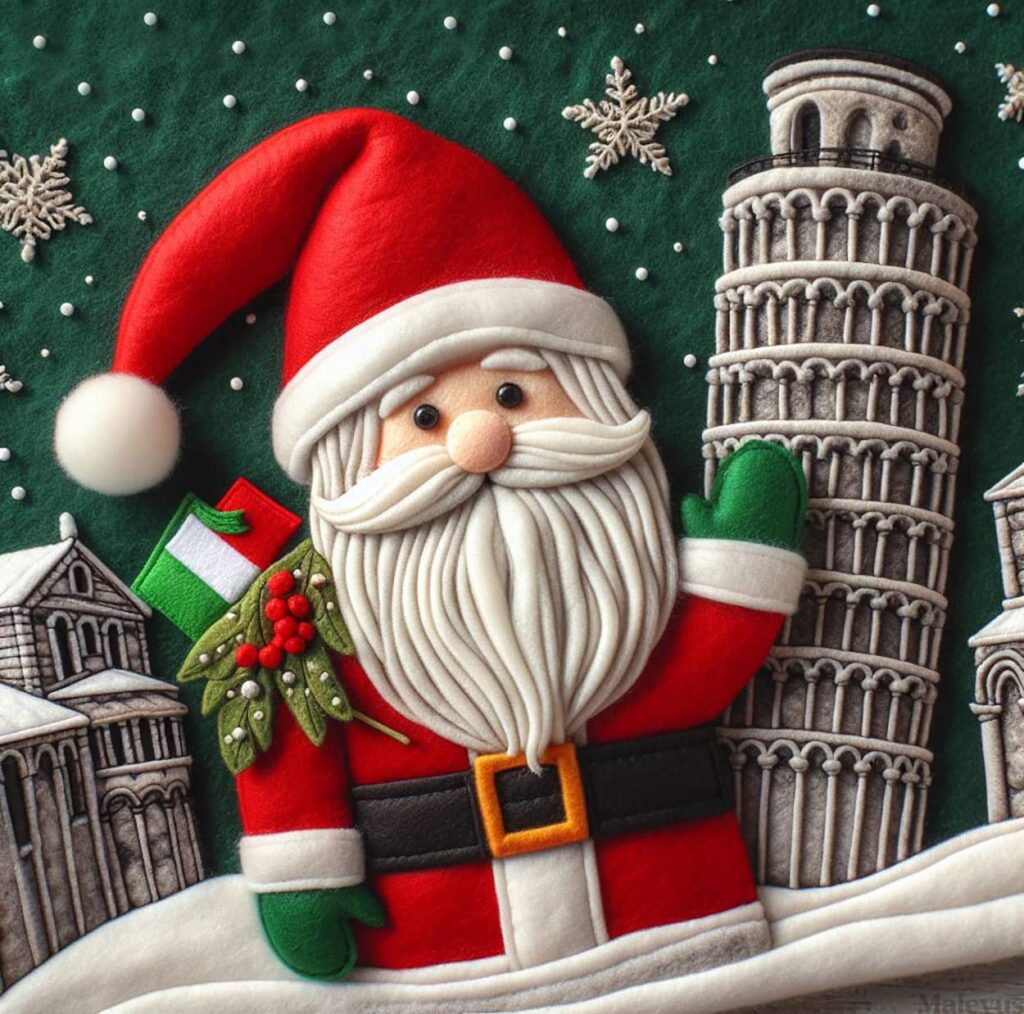
During the Christmas season, Rome comes alive with a plethora of markets selling everything from handmade candies and beautiful glass decorations to the traditional Italian panettone and other sweets.
A Gastronomic Tour of Christmas Food
Traditional Christmas fare in Rome differs substantially from one area of the city to another, as you will see on this gastronomic tour. Pastries like panettone and pandoro are common during Italian Christmas celebrations. Both are sweet bread varieties, but that’s where they vary most.
Places to Celebrate Christmas in Rome
With its festive events and sights, Rome is the place to spend Christmas. Some of the most well-known spots are:
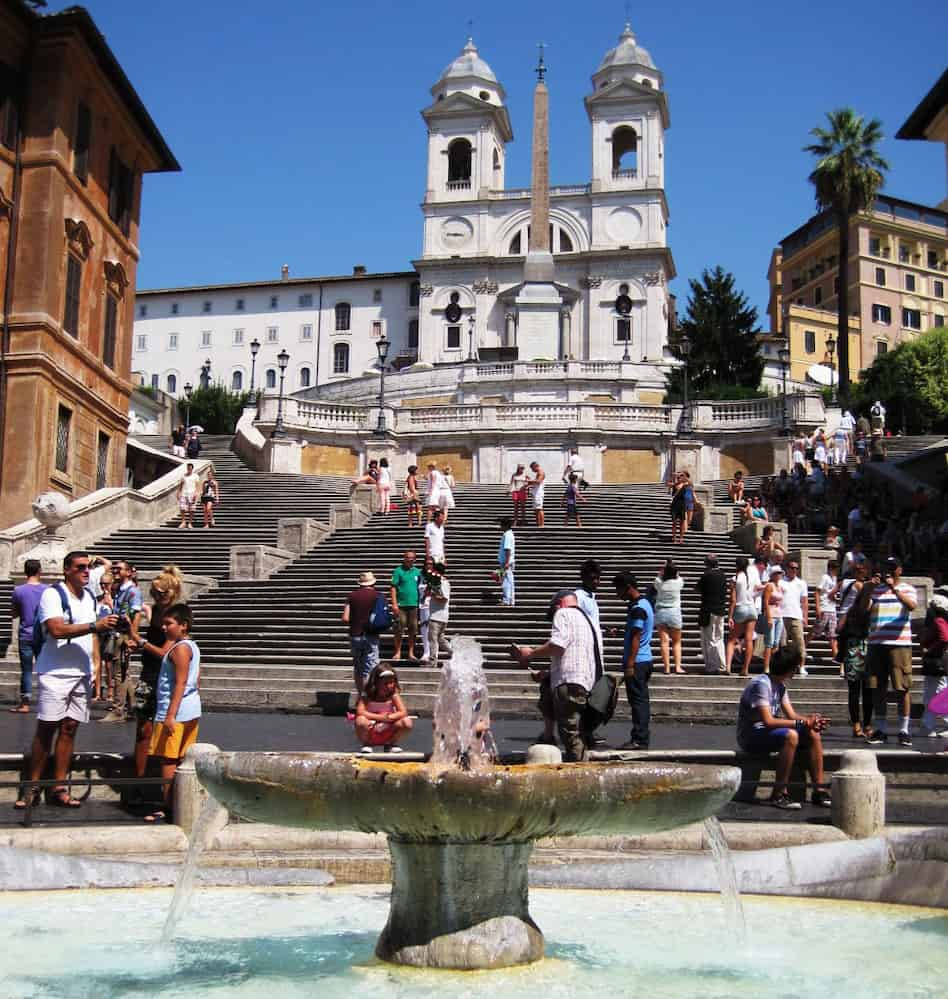
- Christmas Markets: The Christmas market at Piazza Navona is one of several in Rome, and it is known for its ambiance and decorations. At these markets, guests discover handcrafted goods, delicacies, and presents.
- Nativity Scenes: Throughout Rome, you may see nativity scenes presented in houses, public places, and churches. The birth of Jesus, the landscape, and other figures from the Christmas tale are shown in these scenes using handmade miniatures.
- Christmas Concerts: Enjoy the Christmas performances in Rome, such as the “Opera Christmas Concerts” in St. Andrew’s Church of Scotland on Via Venti Settembre, the “Baroque Christmas Concert” at the Capuchin Crypt on Via Vittorio Veneto, and the “Love Cello Duet” at Piazza Navona. Participating in these musical activities is a way to get into the spirit.
- Traditional Christmas Food: Pasta, pork, seafood, and sweets like pangiallo (a Roman Christmas cake) and the Italian panettone are the Christmas delicacies that you may get in Rome. During Christmas, several popular Roman restaurants provide special menus.
- Christmas Trees: Rome has two prominent Christmas trees—one in Piazza Venezia and one in St. Peter’s Square—even though Christmas trees aren’t associated with Italian festive customs. The city is still much more festive with these trees.
Traditional Christmas Foods in Rome
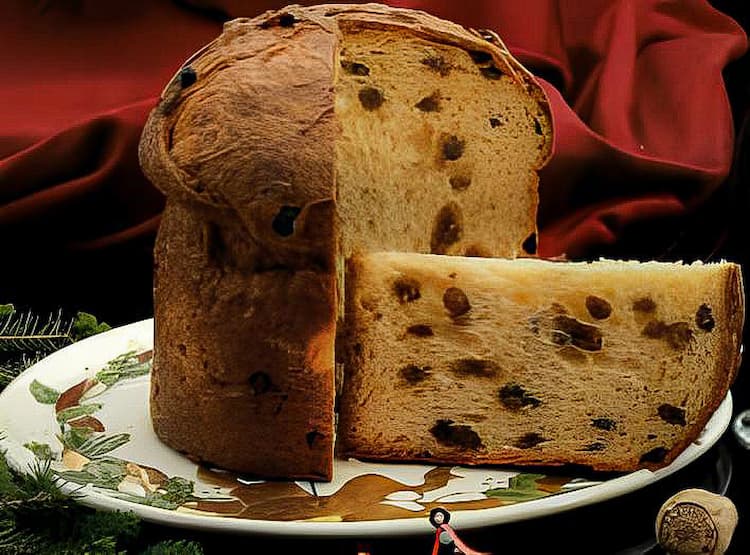
A range of meals are traditionally served around Christmas in Rome. Black coffee and digestive liquor are required at the conclusion of a Roman holiday meal.
Christmas Eve Dinner
For Christmas Eve dinner, the typical fish and fries dish is fried codfish (baccala), although other favorites include linguine pasta with tuna or anchovies, fritto misto alla romana with zucchini, artichokes, broccoli, and other vegetables. A chicory salad, fried broccoli, potatoes, and roasted pike or eel are other ingredients.
Christmas Day Lunch
Soups like tortellini or stracciatella, or even a thistle and egg broth, are the traditional starters for Christmas Day lunch in Rome. Roast lamb with potatoes comes next, after which there’s a traditional pasta meal like cannelloni or lasagna. ‘Misticanza,’ artichokes, and puntarelle salad are common side dishes.
Roman Desserts
Fresh or dried fruits, pangiallo, and torrone are required dessert ingredients. Rome is home to the traditional pangiallo, a dish made of dried fruit, honey, candied peel, and egg batter that lends it a bright yellow color (thus the name “giallo”). Desserts such as Verona’s Pandoro—lighter, sweeter, and sprinkled with sugar—and Panettone—rich with candied fruit and raisins—are also popular.
The History of Christmas in Rome
Roman Christmas customs are rooted in the city’s religious past. Saturnalia, the pagan Roman celebration of the winter solstice, is where Christmas traditions first emerged. Celebrated on or around December 25th, Saturnalia was a public event with generous giving, feasting, and the decorating of trees. The event saw a reversal of social norms, with the rich being obliged to cover the rent for the poor for a month and slaves and masters exchanging clothing.
Poet Gaius Valerius Catullus in the first century AD characterized Saturnalia as “the best of times,” when people gave token gifts like candles, toys, and caged birds. The original Saturnalia celebration was a farmer’s farewell to the fall planting season.
Saturnalia became longer and later throughout the Roman era as the festival progressed. The culmination of Saturnalia is now celebrated on December 25th, close to the winter solstice, according to revisions made to the Roman calendar.
The modern Christmas celebrations made their way to the eastern Mediterranean from Rome. The Roman Philocalian calendar from 354 AD is the first documented source that mentions honoring the birth of Christ on December 25th. The first Christian Roman emperor, Constantine the Great, instituted Christmas as a permanent holiday on December 25th, 325 AD.
Under the rule of Emperor Constantine, the Roman Catholic Church officially instituted Christmas celebrations on December 25th, 336. Some have hypothesized that Constantine’s political goal in selecting this date was to undermine the long-established pagan festivities, given that he had already declared Christianity the official religion of the empire.
Giving and receiving presents, as well as eating, were key parts of the Roman Christmas celebration as it transitioned from a pagan celebration to a Christian one. It has evolved into a phenomenon in both culture and commerce, as well as a religious festival.


